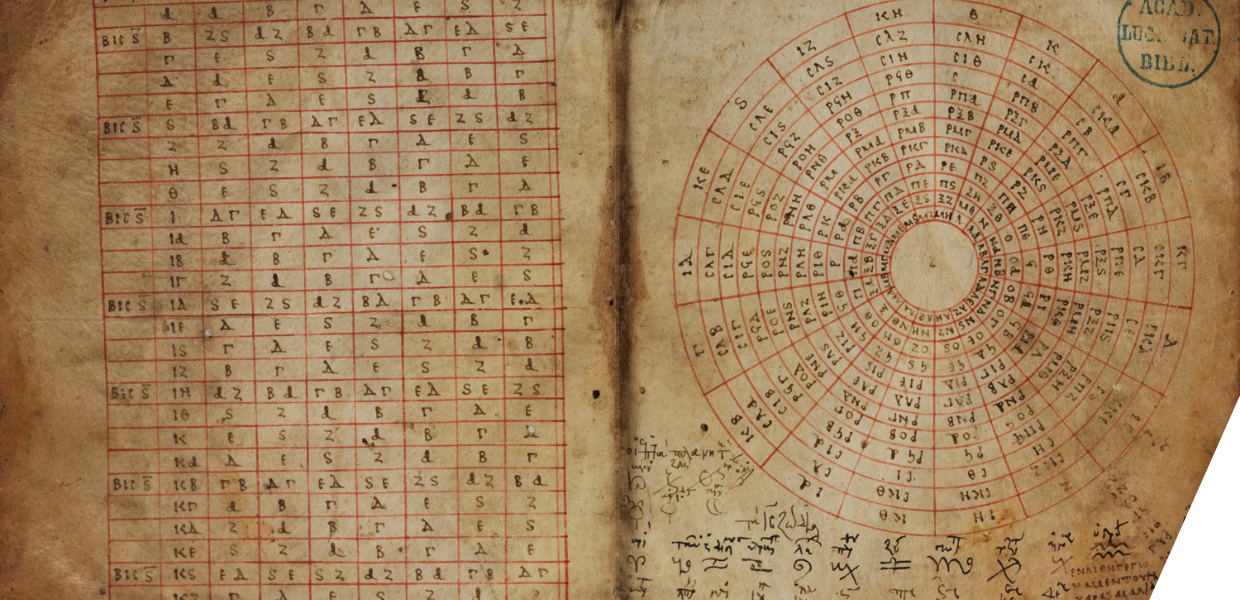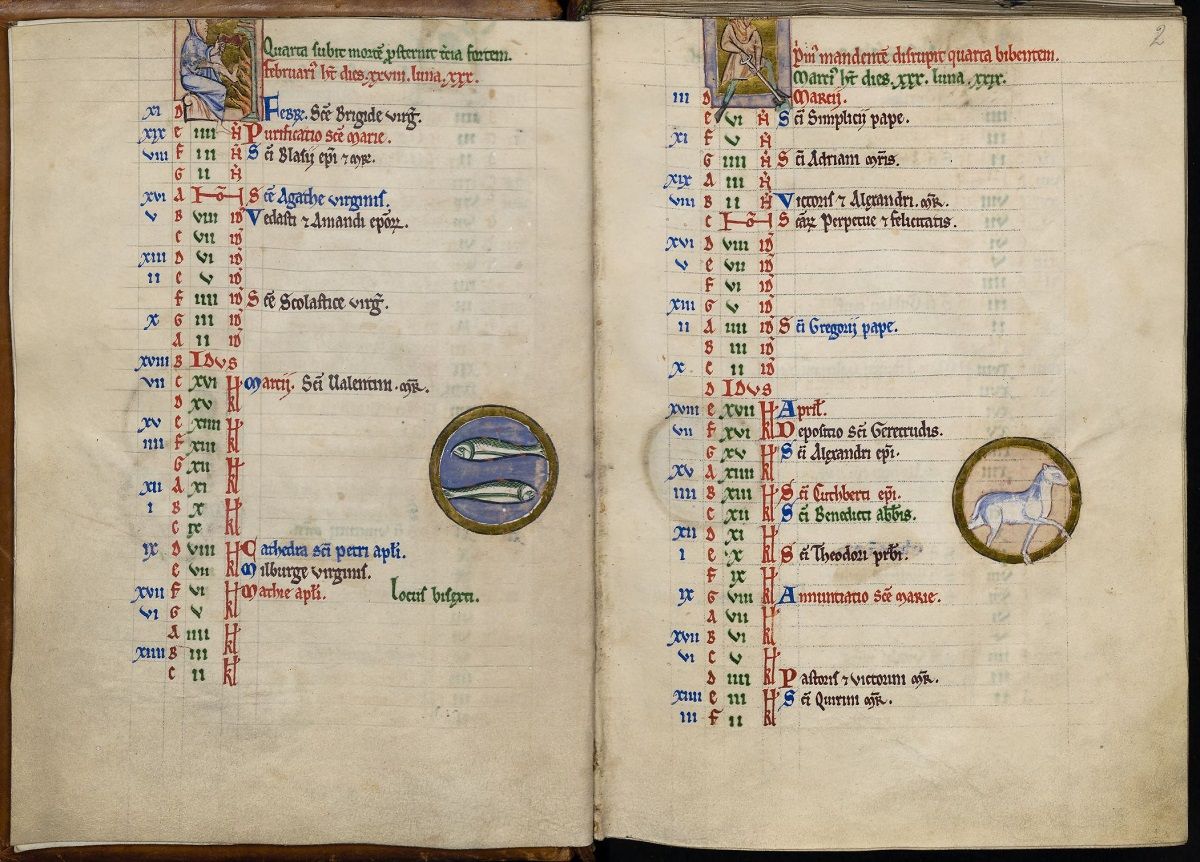ARMA -The Art of Reading in the Middle Ages was a Europeana Generic Services project co-funded by the European Union under the Connecting Europe Facility Programme. Running from 1 October 2020 to 31 August 2022, the project aimed to support European cultural heritage institutions by giving digital access to new medieval objects through Europeana. It also explored how these digitised items could be used in the classroom to demonstrate how reading culture in the Middle Ages became a fundamental part of European heritage.
A trove of manuscripts… and more
The project had to face challenges brought about by the global COVID-19 pandemic, including limited access to digitisation rooms and the need to shift to online collaboration. Despite the limitations brought by the pandemic, the project exceeded its goals for digitising new medieval manuscripts, as well as for creating editorials and curatorial activities.
Seven cultural heritage institutions provided over 34,000 new digital versions of medieval manuscripts, printed books and coins to Europeana and updated and enriched another 31,000 items already available through the Europeana website. These new collections fed into 40 published pieces of editorial, double the 20 originally planned.
The centrepiece of that work is ‘The art of reading in the Middle Ages’, an online exhibition published in October 2021, which was one of the most popular exhibitions launched on Europeana website last year. Through six chapters, the exhibition told the stories of reading in monasteries, courts, cities, language, bookpaths and universities of medieval Europe. The exhibition is available in English, Dutch, French, German, Czech and Slovenian.
Project partners also curated a feature page about the Middle Ages on the Europeana website. This space consists of themed galleries, blog posts and digital content which correspond to the focuses of the main exhibition. The page also highlights educational material (videos, learning scenarios) and encourages the audience to browse manuscripts based on the century. It serves as an entry point for Europeana’s audiences to all of the editorial which explores the Middle Ages and hopefully will be used by future projects exploring similar topics.
Project partners recognised the importance of the International Image Interoperability Framework (IIIF): a set of open standards for delivering high-quality, attributed digital objects online at scale. It is an important protocol to share and use digitised images in high quality, and particularly valuable for analysing manuscripts. Still, it is not yet widely implemented across cultural heritage institutions in Europe. The project provided recommendations to other institutions on how to enrich or optimise their digital services with tools that make use of the IIIF protocol.



